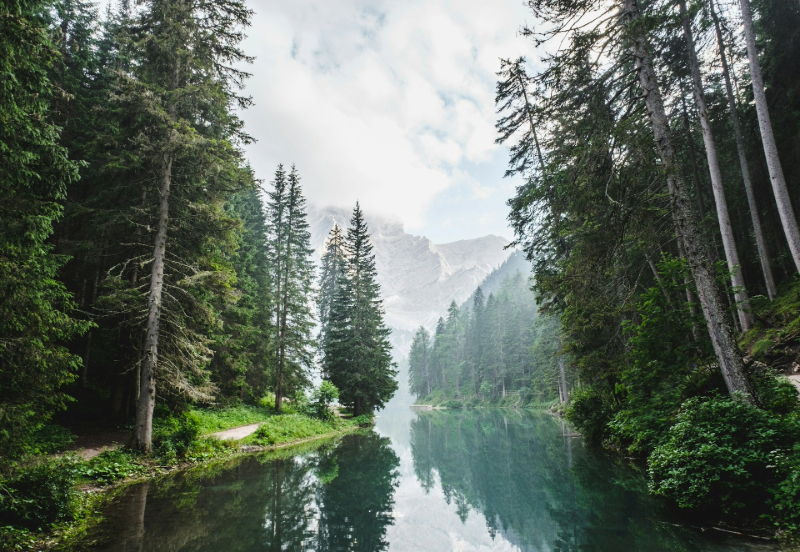Why do rivers curve? Gravity, erosion, and sediment build-up shape their winding paths, creating meanders and habitats. Discover the science behind nature’s flowing artwork.
Why do rivers curve? Gravity, erosion, and sediment build-up shape their winding paths, creating meanders and habitats. Discover the science behind nature’s flowing artwork.

Rivers are one of nature’s most fascinating features. They twist and turn, creating beautiful curves as they flow across the land. But have you ever wondered why rivers don’t just flow in a straight line? The answer lies in the way water interacts with the land, gravity, and even time itself. Let’s dive into the reasons behind those graceful curves.
Rivers always follow the path of least resistance, and gravity plays a big role in this. Water flows downhill, pulled by gravity, but the land is rarely perfectly flat. Mountains, hills, and valleys create slopes, and rivers follow these slopes. If the land is uneven, the river will curve to find the easiest way downhill.
As a river flows, it carries tiny bits of soil, sand, and rocks called sediment. The water erodes (wears away) the riverbanks and riverbed, especially on the outer side of a curve. Over time, this erosion makes the curve even more pronounced. On the inner side of the curve, the water moves slower, so sediment builds up there. This process, called deposition, also helps shape the river’s curves.
In very large rivers, the Earth’s rotation can have a small influence on the direction of the water flow. This is called the Coriolis effect. In the Northern Hemisphere, rivers may curve slightly to the right, and in the Southern Hemisphere, they may curve slightly to the left. While this effect is subtle, it can contribute to the overall shape of a river over time.
Rivers rarely have a clear, straight path. Rocks, trees, and other obstacles can force the water to change direction. Instead of flowing straight through, the river will curve around these obstacles. Over time, even small bends can grow larger as the water continues to erode the banks.
When a river flows slowly through flat land, it often forms meanders—big, looping curves. These curves happen because the water erodes the outer banks and deposits sediment on the inner banks. Over hundreds or thousands of years, meanders can become so pronounced that they almost form loops. Sometimes, these loops get cut off, creating oxbow lakes—a horseshoe-shaped body of water separate from the main river.
Humans can also change the way rivers curve. Building dams, digging canals, or redirecting water for agriculture can alter a river’s natural flow. While these changes can be useful for people, they often disrupt the river’s natural processes and can lead to problems like flooding or erosion.
Curved rivers aren’t just pretty to look at—they’re also important for the environment. The bends and curves create diverse habitats for plants and animals. Slower-moving water in the curves allows wetlands to form, which are home to many species. Curved rivers also help filter water, making it cleaner as it flows downstream.
Rivers curve because of gravity, erosion, sediment build-up, obstacles, and even the Earth’s rotation. These curves are a natural part of how rivers adapt to the land they flow through. Over time, they create stunning landscapes and support rich ecosystems. So, the next time you see a winding river, you’ll know it’s not just random—it’s nature’s way of finding balance.